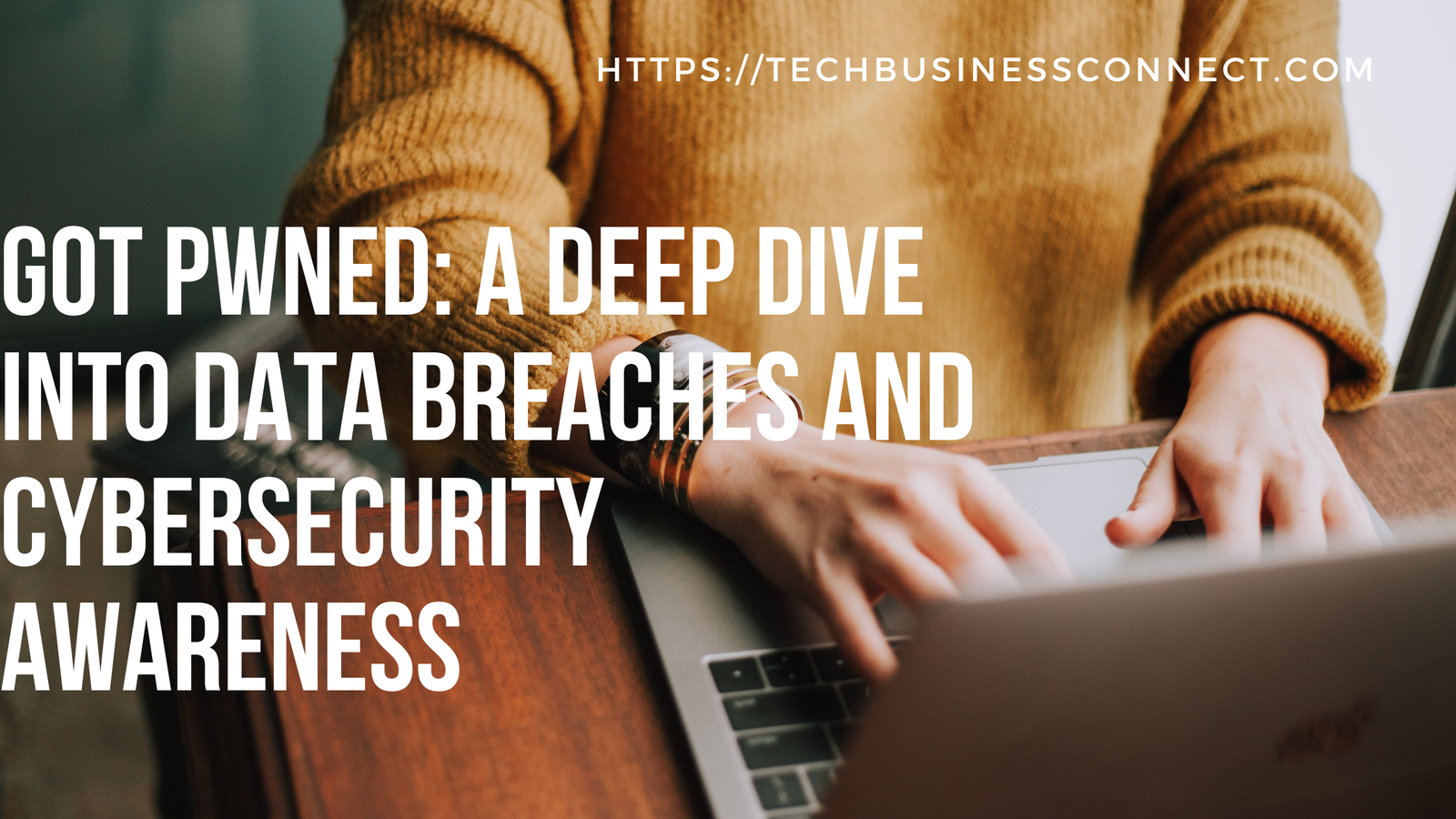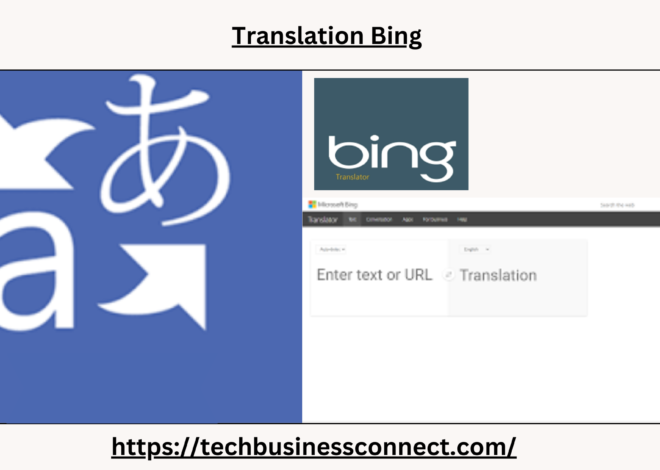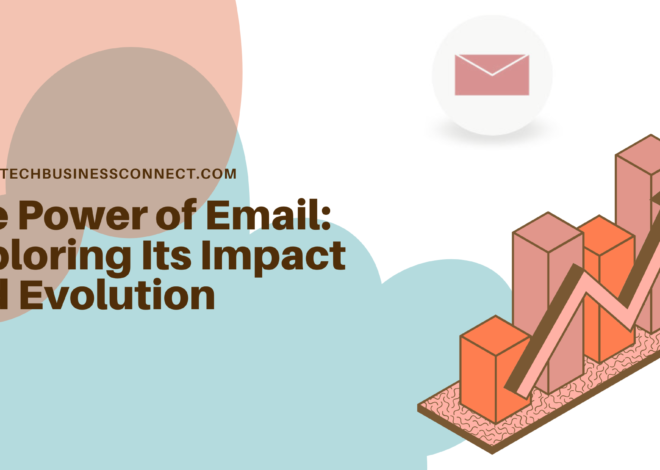
GOT PWNED: A Deep Dive Into Data Breaches and Cybersecurity Awareness 2024
In an era dominated by digital transformation, the internet has become integral to our daily lives. From social media platforms to online banking, everything is just a few clicks away. However, with convenience comes vulnerability. The more we engage with digital services, the more we expose ourselves to potential cyberattacks. One of the most recognizable phrases in this realm is “Got Pwned,” a term that has become synonymous with being compromised online.
“Got pwned” originates from the gaming world and the hacker lexicon. The term “pwned” (a derivation of “owned”) means to have control over someone or something, usually due to outsmarting or defeating them. In the cybersecurity context, getting “pwned” means that one’s personal information, typically stored on an online platform, has been compromised or exposed due to a data breach. This article will explore what “Got Pwned” means, how data breaches occur, and how we can protect ourselves from falling victim to cyberattacks.
The Emergence of “Got Pwned”
The phrase “Got pwned” has been circulating in the gaming and hacking communities since the early 2000s. It initially described a player being defeated in a game or a system being hacked. However, as the internet evolved and data breaches became more frequent, the term took on a broader meaning. In the context of cybersecurity, “Got Pwned” refers to users’ personal information being compromised in a data breach, resulting in unauthorized access to sensitive details such as emails, passwords, financial data, and other personal identifiers.
One of the most significant platforms that brought attention to this term is the website “Have I Been Pwned” (HIBP), created by security expert Troy Hunt in 2013. HIBP allows users to check whether their information has been compromised in a data breach. By entering an email address, users can determine if their data has been part of a breach in any known database leaks.
Understanding Data Breaches
A data breach occurs when unauthorized individuals access private information stored by an organization or website. These breaches can result from hacking attacks, poor security measures, or internal errors. In many cases, hackers target large organizations to gain access to the data of thousands or even millions of users in one fell swoop. Once obtained, this data is often sold on the dark web, where cybercriminals can use it for various malicious purposes, such as identity theft, financial fraud, and phishing attacks.
Common Types of Data Breaches
- Phishing: One of the most common methods of obtaining sensitive data, phishing involves tricking individuals into providing personal information, often through deceptive emails or websites that appear legitimate.
- Malware: Malicious software like viruses, Trojans, and worms can infiltrate systems and steal or corrupt data. Once installed on a device, malware can track keystrokes, access files, and relay sensitive information back to the hacker.
- Social Engineering: Hackers manipulate individuals into revealing confidential information. This type of attack often relies on trust, as the hacker impersonates a trustworthy entity to gather personal data.
- Exploiting Vulnerabilities: Outdated software or unpatched systems provide an easy target for hackers. By exploiting these weaknesses, cybercriminals can gain access to a company’s database and compromise its stored information.
- Insider Threats: Sometimes, the risk comes from within the organization. Employees with malicious intent or who unknowingly compromise the system can lead to data breaches.
Notable Data Breaches
Over the years, several significant data breaches have impacted millions of individuals worldwide:
- Yahoo (2013–2016): One of the largest data breaches in history, this attack compromised the data of more than 3 billion accounts over three years. Information such as names, email addresses, and passwords were stolen.
- Equifax (2017): A major credit reporting agency, Equifax, suffered a breach that exposed the personal data of 147 million Americans. The breach included Social Security numbers, credit card information, and other sensitive financial details.
- Adobe (2013): Around 38 million user accounts were affected in a breach that exposed encrypted passwords, email addresses, and credit card information.
- Marriott Hotels (2018): Hackers accessed data from approximately 500 million guests over four years, exposing personal information such as passport numbers, credit card details, and travel itineraries.
How Data Breaches Affect Individuals
Data breaches have serious consequences for individuals. Personal information, once compromised, can be misused in a variety of ways:
- Identity Theft: Hackers can use stolen information such as Social Security numbers, credit card details, and addresses to open accounts, take out loans, or make fraudulent transactions in someone else’s name.
- Financial Loss: Compromised banking information or credit card details can lead to unauthorized transactions, draining accounts or racking up charges on stolen credit cards.
- Reputation Damage: If sensitive information, such as personal photos or communication, is leaked, it can cause emotional distress and damage to an individual’s reputation.
- Phishing Attacks: Once an individual’s email is exposed, they can become the target of phishing scams, where attackers send fraudulent emails that mimic legitimate services, tricking the user into revealing further information.
How to Protect Yourself From Getting “Pwned”
Although data breaches can be daunting, there are several proactive steps individuals can take to protect their personal information:
1. Use Strong, Unique Passwords
One of the simplest yet most effective ways to protect oneself from cyberattacks is by using strong and unique passwords for every online account. Avoid common phrases, and incorporate a mix of uppercase letters, lowercase letters, numbers, and symbols. Using a password manager can help manage and store passwords securely.
2. Enable Two-Factor Authentication (2FA)
Two-factor authentication adds an extra layer of security by requiring users to provide two forms of verification before gaining access to an account. Even if hackers obtain a password, they would still need the second factor, such as a code sent to a mobile device, to access the account.
3. Monitor Your Accounts
Regularly reviewing bank accounts, credit reports, and online account activity can help detect any unusual or unauthorized transactions early. If suspicious activity is noticed, it should be reported immediately.
4. Stay Updated with Security News
Keeping informed about the latest security news and data breaches allows individuals to take action when needed. If a platform or service has been compromised, users should immediately change their passwords or take other recommended actions.
5. Use Encryption and VPNs
When transmitting sensitive information over the internet, encryption ensures that even if the data is intercepted, it cannot be read. Using a Virtual Private Network (VPN) helps by encrypting the data traffic between the user’s device and the internet, making it more difficult for hackers to intercept.
6. Avoid Phishing Attempts
Be cautious of unsolicited emails, messages, or websites that ask for personal information. Always verify the legitimacy of such communications by checking email addresses, looking for inconsistencies, or contacting the organization directly through official channels.
The Role of Organizations in Preventing Data Breaches
While individuals can take steps to protect their personal data, organizations must also prioritize cybersecurity to prevent data breaches. Companies should:
- Implement Strong Security Protocols: Regularly update software, enforce strong password policies, and use firewalls and encryption to protect user data.
- Train Employees: Educating staff about the risks of phishing, malware, and social engineering can reduce the chances of an insider threat or accidental data exposure.
- Perform Regular Security Audits: Conducting frequent security audits and penetration testing ensures that any vulnerabilities are identified and addressed promptly.
- Comply with Data Protection Laws: Adhering to regulations such as the General Data Protection Regulation (GDPR) ensures that organizations handle data responsibly and are held accountable in the event of a breach.
Conclusion
“Got Pwned” has become an all-too-familiar phrase in the digital age, representing the increasing vulnerability of personal information online. As data breaches continue to rise, both individuals and organizations must stay vigilant and proactive in their cybersecurity efforts. By using strong passwords, enabling two-factor authentication, and staying informed about security threats, users can protect themselves from being “pwned.” At the same time, organizations must enforce robust security measures and educate their employees to prevent breaches from happening in the first place.
Ultimately, while we may never be able to fully eliminate the risk of data breaches, we can significantly reduce their impact by taking the necessary precautions.


